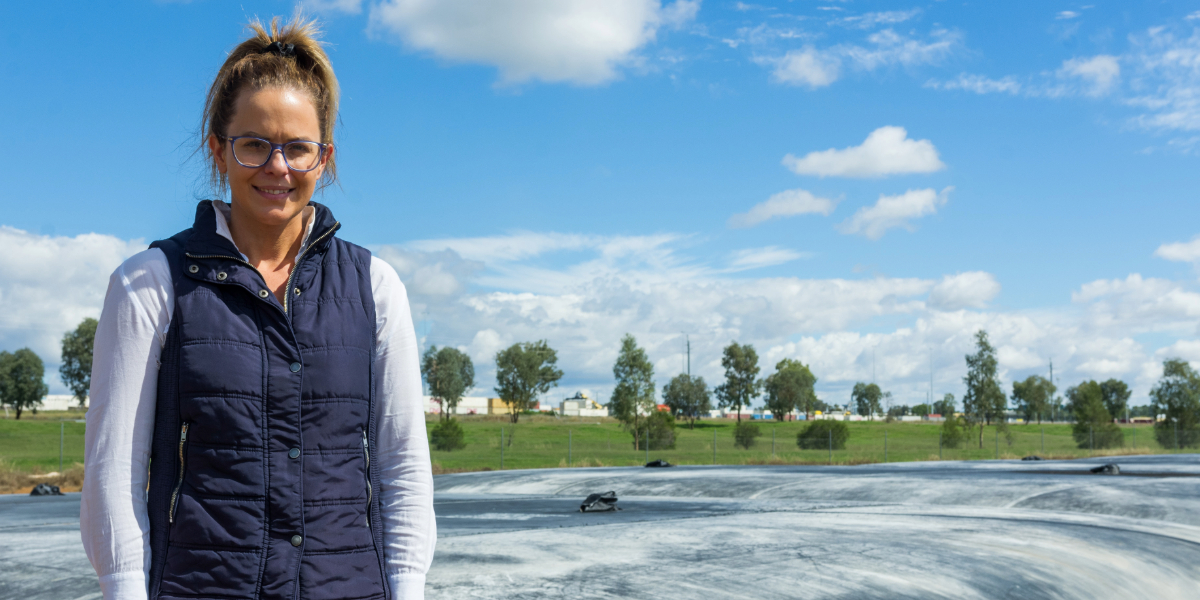Tamworth Regional Council yesterday unveiled its new sludge dewatering process at its Westdale wastewater facility that, according to the Council, promises to save $300,000 over previous treatments.
“Every two to three years we remove sludge from our wastewater treatment process,” Manager of Water and Environmental Operations Dan Coe said yesterday morning.
The new method uses “geotubes” in the second stage of the dewatering process, large bladders made of a water-permeable membrane that allows the water in the sludge to leach and evaporate out, while the solid waste is left inside the bags.
Sludge is the solid matter in sewage, and Tamworth produces about 5000 cubic metres of sludge each year. The sludge is stored in three 20-megalitre sludge lagoons according to EPA guidelines, where the waste stabilises over at least six months, before being moved to a sludge drying area at the treatment facility, where the water content is reduced from over 95% to about half.
Previously, the sludge was then spun in energy-intensive centrifuges, which the geotubes have now replaced. This passive process is where the savings of $300,000 per cycle come from, according to a TRC spokesperson.
“This is the first time we’ve done it via geotubes,” Coe said.
“It’s not a new technology, but it’s the first time Council’s done it at this scale.”
“We go out to market and look for specialised contractors to help us with this process, and it’s the most cost-efficient method this time around.”
Dredging Solutions Australia, from Townsend near Coffs Harbour, is the current contractor. Council states the contract and process will be reviewed every two to three years.
Drying in the geotubes reduces the water content down to 16 to 18%. Kate Perryman, Operations and Environmental Officer, is then responsible for moving the waste up to the Effluent Reuse Farm, where it’s used to enrich the soil.
“Once this is dried out and the bag is cut, we remove the biosolids up to the farm to be incorporated into the pivot (irrigation system) up there,” Perryman says.
“They’ve just done a hemp trial up there.”
The farm is run by Manuka Chaff, which grows lucerne, safflower, and various grasses for animal feed.
Farm manager Martin Wallace said they look after all the waste that comes from the facility.
“Realistically, it only gives a small amount of nitrogen, phosphorus, and other trace elements,” Wallis said, “It just adds to the organic fertiliser we have.”
“But what it does do is that it helps build organic matter into the soil, and build microbe activity. We’re big believers in looking after the soils, not just the plants, and it’s a massive benefit.”
Like what you’re reading? Support The New England Times by making a small contribution today and help us keep delivering local news paywall-free. Support now

